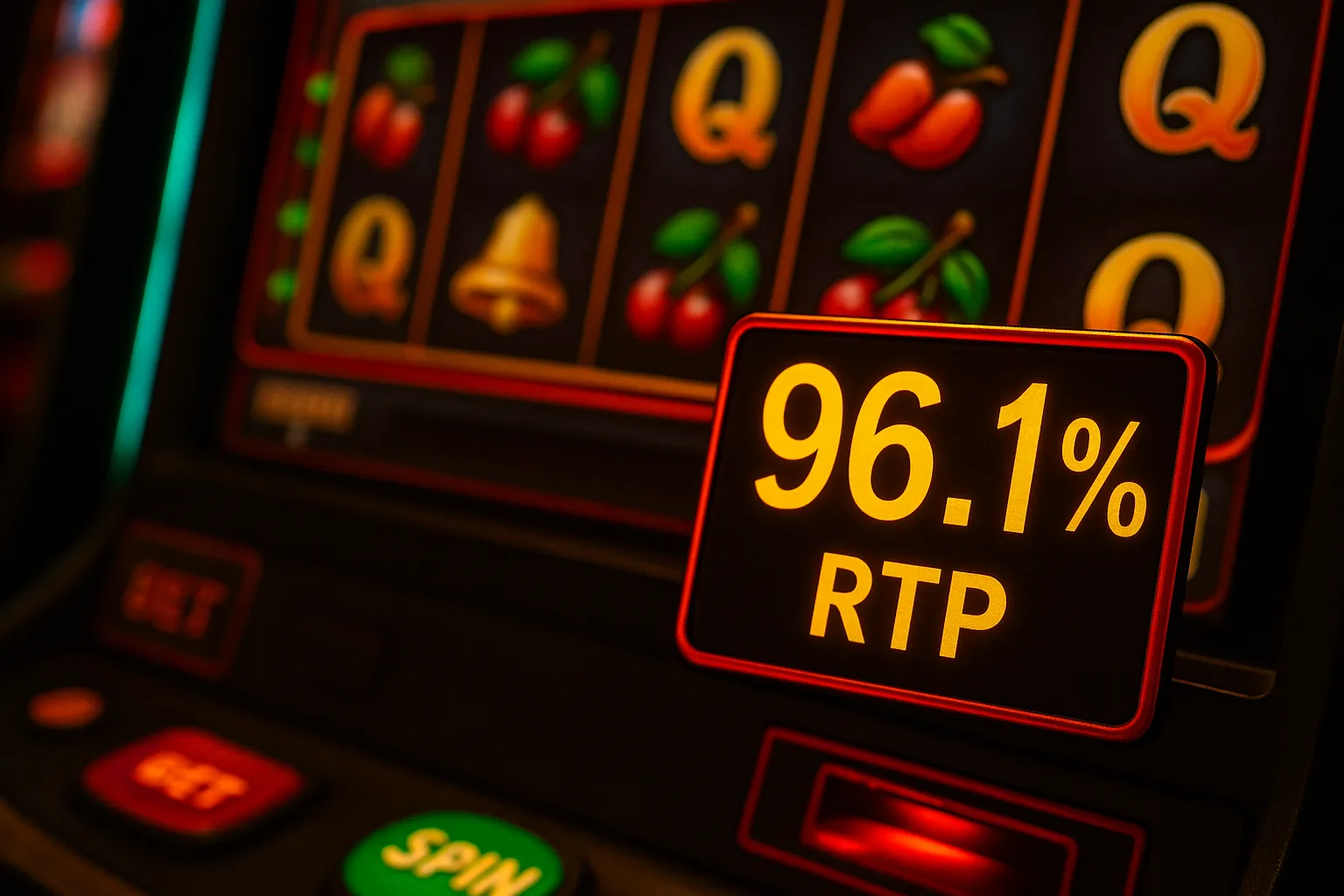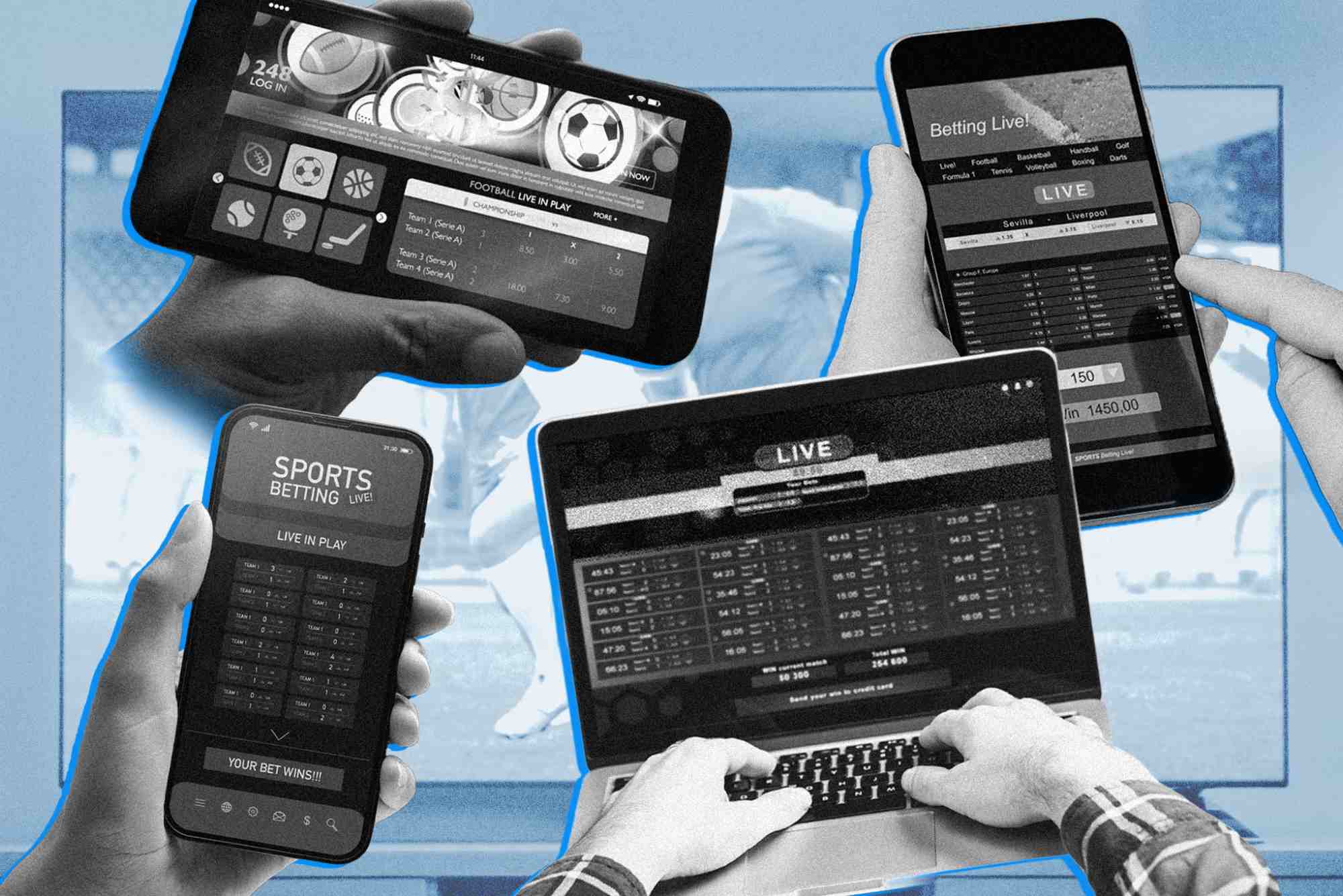Choosing the right slot game can feel like navigating a labyrinth of reels, themes, and bonus mechanics. Among the many metrics thrown around by casinos and enthusiasts, the Return to Player (RTP) percentage often stands out. But what does RTP really mean, and can it guide you toward smarter slot selections? Drawing on my experience as a longtime slot aficionado and industry observer, I’ll unpack how RTP works, its practical implications, and ways to incorporate it into your strategy.
At its core, RTP represents the theoretical percentage of wagered money a slot returns to players over the long run. A slot with a 96% RTP, for instance, should give back £96 for every £100 wagered across millions of spins. While understanding RTP sounds straightforward, real-world play introduces short-term variance, streaks, and luck factors that can overshadow theoretical expectations.
What RTP Reveals—and What It Doesn’t
RTP is essentially a promise embedded in the game’s code and verified by independent testing labs. It’s calculated based on the paytable and the probability of each symbol combination. However, it’s crucial to recognize the distinction between theoretical and practical RTP.
The Difference Between Long-Term and Short-Term
In theory, a slot’s RTP holds true over an essentially infinite number of spins. In practice, most players experience sessions of a few hundred or thousand spins at most. As a result, outcomes can deviate significantly from the theoretical number. I once tracked 10,000 spins on a popular 96.5% RTP slot and found that, halfway through the session, the actual return dipped to 80%. By the end, it hovered around 95%, nearing the expected value only after sustained play.
This phenomenon illustrates why RTP alone can’t guarantee a winning session—it’s a long-term average, not a short-term predictor.
Evaluating RTP in Context
RTP is just one piece of the puzzle when choosing a slot. Volatility, hit frequency, and bonus features also play vital roles. High-RTP slots can be low-volatility, offering small, steady payouts, or high-volatility, where infrequent big wins balance out more losses.
When assessing a new game, I always look at volatility alongside RTP. A slot with 97% RTP and low volatility might be perfect for someone seeking longer play sessions with modest, consistent returns. Conversely, high-volatility slots with similar RTP appeal to thrill-seekers chasing larger, albeit rarer, payouts.
Link Placement in Action
While researching niche titles, I stumbled upon an intriguing concept in the mission uncrossable game uk—a thematic slot that blends mystery puzzles with reel spins. Despite its moderate volatility and engaging storyline, its RTP lags at 94.8%, reinforcing my belief that RTP should be balanced against other factors before diving in.
Practical Tips for Using RTP Effectively
Compare Across Games and Providers
Different software developers set RTPs uniquely. NetEnt classics often hover between 96% and 98%, while some smaller studios may offer 94% to 95%. When I explore new platforms, I compile a quick checklist: top three recommended slots, noted RTPs, and preferred volatility. This way, I can match games to my mood—steady play or big-chase excitement.
Read Independent RTP Reports
Reputable casino review sites and lab certification pages (e.g., eCOGRA, iTech Labs) publish RTP statistics. Before committing real money, I verify RTP claims through these sources, ensuring the numbers aren’t mere marketing fluff.
Budget and Session Planning
Armed with an understanding of RTP and volatility, I tailor my betting strategy. For lower-volatility, high-RTP games, smaller bets stretched over longer sessions make sense. For high-volatility titles, I set aside a specific portion of my bankroll for short, adrenaline-fueled bursts, accepting the heightened risk.
Tracking Your Own RTP
If you’re mathematically inclined, you can track your own session returns. Record starting and ending bankrolls and total wagered amounts to calculate an effective RTP. This personal metric helps you gauge if a game behaves as advertised in your own play style.
Beyond RTP: Other Metrics to Consider
While RTP shines a light on the expected return, other metrics can enhance your decision-making.
Hit Frequency
This indicates how often a slot pays out relative to spins. A 20% hit frequency means one win every five spins on average. Combining hit frequency with RTP gives a glimpse into payout size—high hit frequency and low RTP imply many small wins, whereas low hit frequency and high RTP suggest fewer but larger payouts.
Bonus Return Rate
Some advanced reviews break out bonus round RTP and base game RTP separately. Understanding how much value comes from free spins or special features can prevent surprises during play.
Maximum Win Potential
A slot’s maximum win potential (e.g., “Win up to 10,000x your bet”) doesn’t affect RTP directly but shapes the overall thrilling experience. If you’re chasing a jackpot, this figure can be as compelling as the RTP itself.
Real-World Example: Balancing RTP and Volatility
Let me illustrate with two contrasting slots:
Golden Harvest: 97.3% RTP, low volatility, win up to 200x bet. Wins occur frequently, averaging every eight spins. Ideal for players seeking longevity.
Dragon Fury: 95.5% RTP, high volatility, win up to 20,000x bet. Wins are rare but can be massive, averaging one in 50 spins. Suited for risk-takers chasing big jackpots.
I once alternated between these two in a week-long trial. Golden Harvest preserved my bankroll, offering steady entertainment, while Dragon Fury gave me a thrilling £2,000 jackpot from a modest 0.50p bet—an unforgettable moment of high variance.
Conclusion
RTP percentage undoubtedly offers valuable insight into a slot’s long-term generosity, but it shouldn’t be the sole criterion for game selection. By balancing RTP with volatility, hit frequency, and bonus mechanics—and by verifying claims via independent sources—you can align your slot choices with personal goals, whether that’s extended play or the chase for life-changing payouts. Next time you browse a casino lobby, let RTP guide you but not blind you; treat it as one star in a constellation of metrics lighting your path to smarter, more enjoyable slot play.




